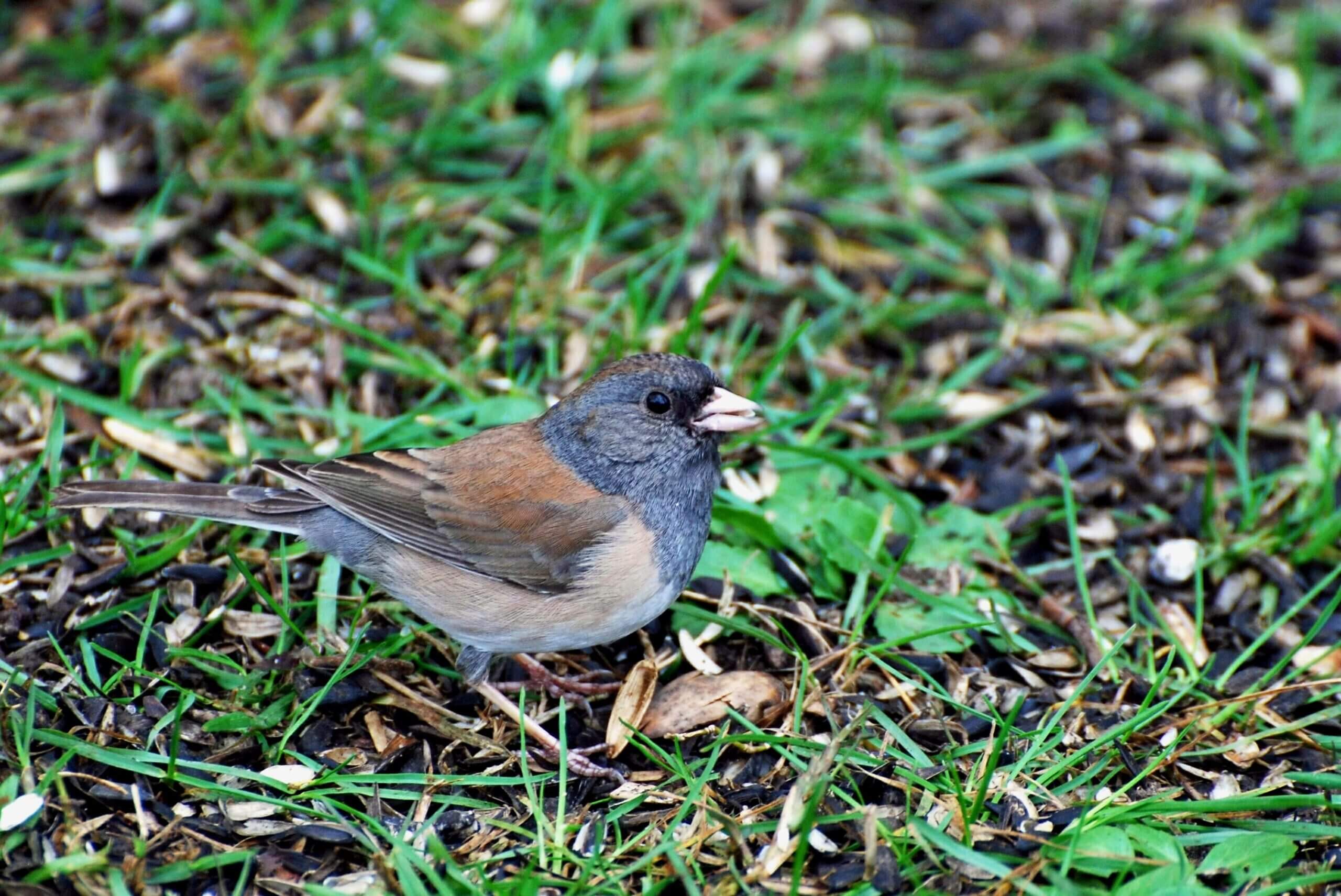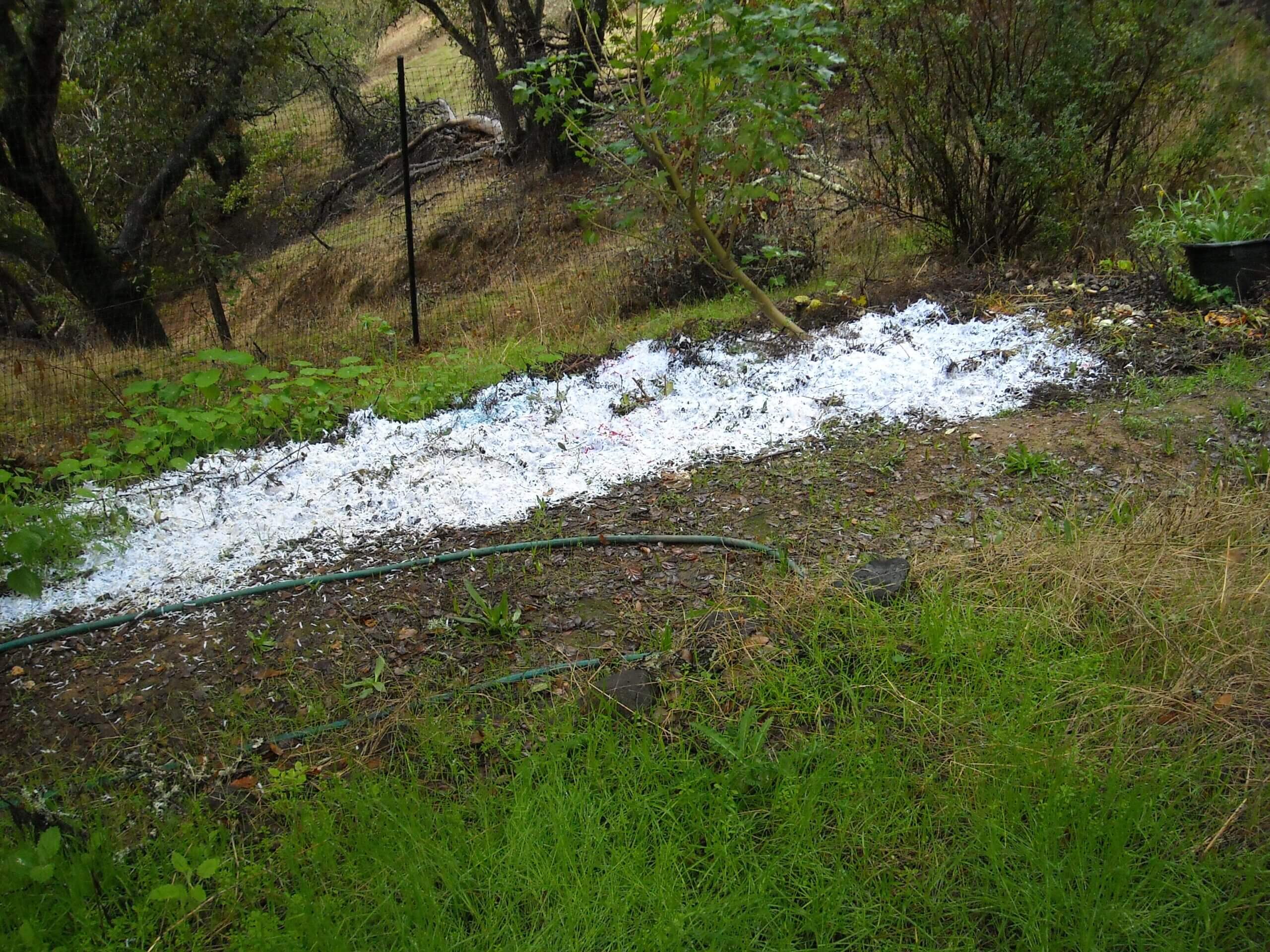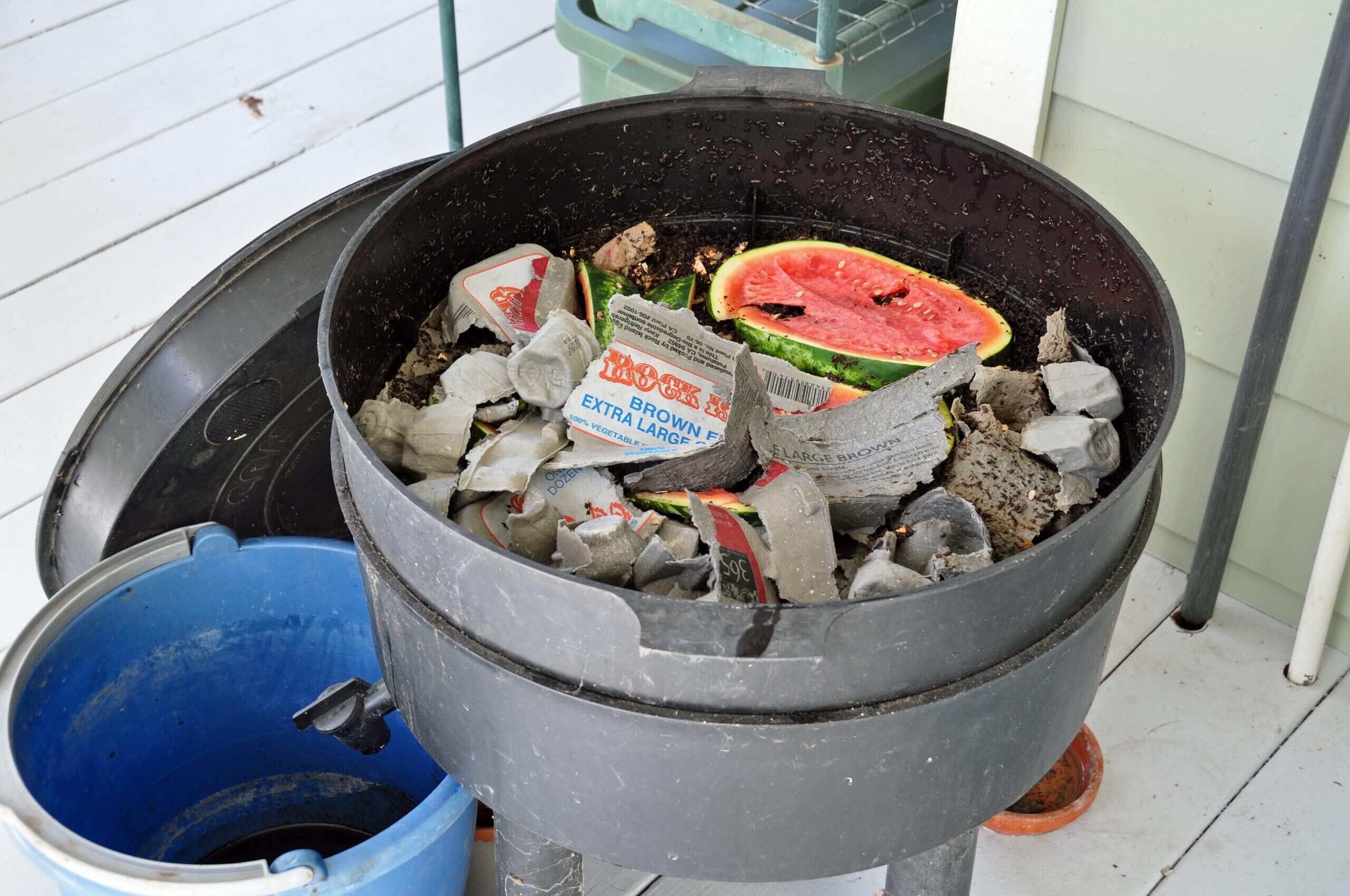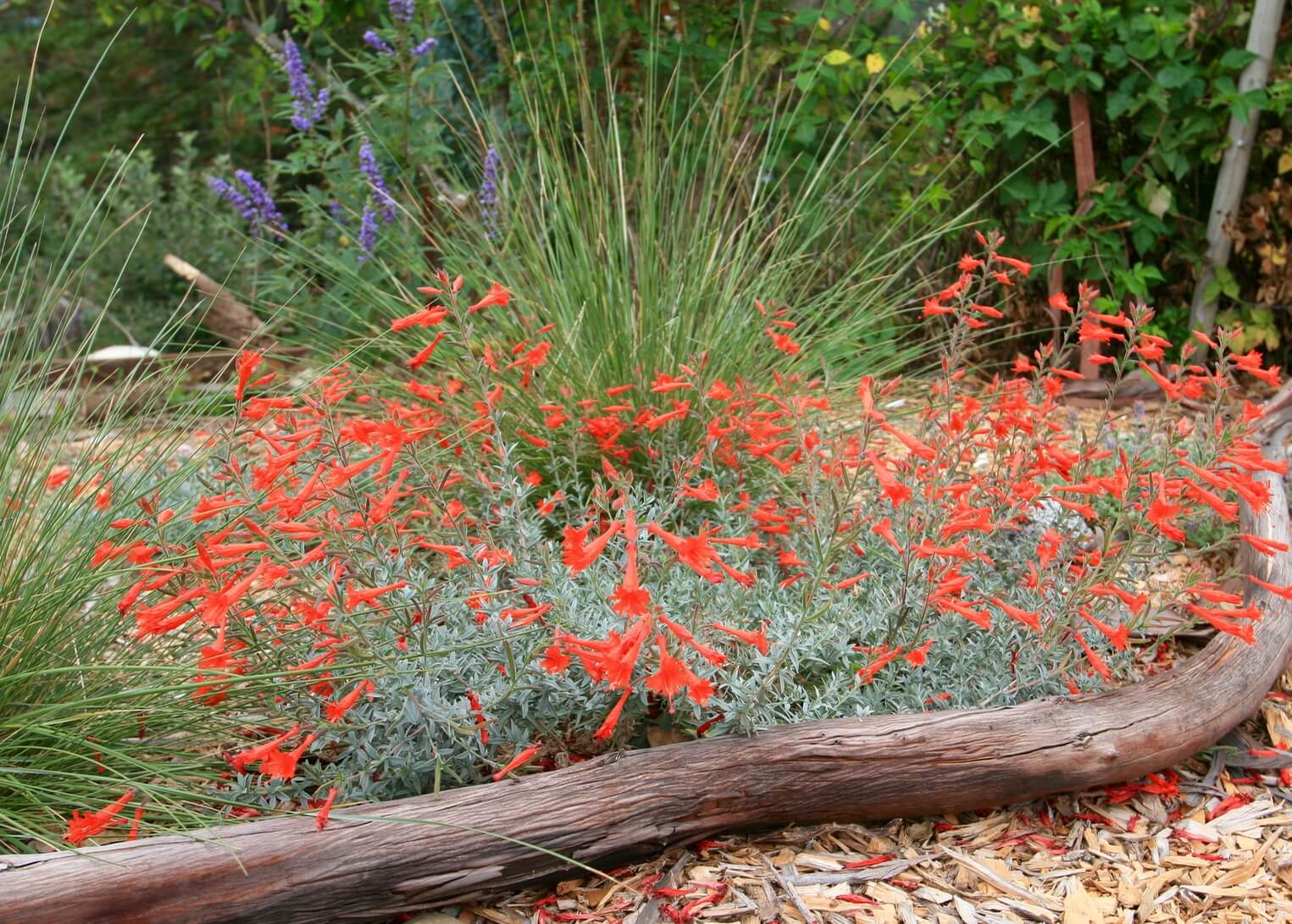From November through February my chipper pile grows steadily bigger. I begin cutting back perennial plants and shrubs as the fall blooming cycle ends; long, fairly straight stems go to the chipper pile, more twisted branches go to various brush piles along a low wooden fence. The leaves of Coast Live Oaks drop all year long, and many of them get raked off the pathways because layers of these leaves can be quite slippery. I drop buckets full of leaves onto the brush piles, where they drop down through the twiggy stuff to the ground and decompose over time.
Brush piles like this are wonderful cover for a lot of the ground feeding birds, and also benefit the raptors – both hawks and owls – because of the great cover for the rodent populations. Brushy areas also create nesting sites for the Juncos. These little sparrow relatives are very successful breeders, even with nests right on the ground! The lovely brown, tan and grayish tones of their plumage are perfect camouflage.
Lots of smaller plant trimmings go to a huge huglekulture pile, where I also add food scraps occasionally. When I know to expect rain I’ll spread a lot of shredded paper on this pile; but only when I know the rains will wet it down to keep it from blowing around.
Choice food scraps feed the red wigglers (Eisenia foetida) in my upward-migration worm bins. The worms like the same foods we do, but they eat the parts we don’t, like banana peels, melon rinds and damaged outside leaves of lettuces. Other food scraps, along with soft garden trimmings like those from vegetables and the spent flowering stalks from mint family plants, leaves, and stable sweepings, break down into rich compost in one of several bio-stack compost bins. When I grow tomatoes, I’ll often dig a pit close by to compost materials right next to these heavy feeders.
Very little organic matter actually leaves my property; but a lot of it gets moved around. The only plant materials going into the green can are non-natives like the Santa Barbara daisy, toadflax, and verbenas, or Rosemary branches, which are way too hard to go through my small electric chipper. The chipper is a home-style McCulloch brand, which can handle soft wood up to about an inch and a half in diameter. It has served my needs well for more than twenty years. When the pile gets big enough I hire help to get it all put through the chipper, and end up with a balanced combination of ‘greens and browns’ to use in building compost piles or as a mulch around perennial plants.
Every year most of my planted areas get a top-dressing – either a low nitrogen compost or an early-screened mulch. Once areas are planted I never dig down to turn over the soil; all plant nutrients come from the top down. Doing otherwise is actually counter productive – and unnecessary work – in that it totally upsets the soil food web. There are countless creatures living in the soil, all of them converting organic matter into plant available nutrients.
The soil is the treasure chest of any garden; a soil rich in organic matter and soil organisms not only provides the nutrients that plants need, when they need them, but also helps fight plant pathogens.
Cutting Back
Timing can be really important in tending the garden; nature waits for no one, and there are times when the necessary work is simply easier to do than it would be later in the season. I like to get to all the herbaceous perennials such as California fuchsia, goldenrods, and asters before the new growth starts. The old flowering stems should be cut down to the ground, and it’s so much easier to do this when you can step on the nascent growth without damaging it. Old flowering stems often still contain some seeds, so I cut them up a bit and use the old stems as a rough mulch in other areas where I’d like to see these same plants take hold.
This is also a great time to divide spreading perennials. A basic rule of thumb is that plants that bloom in spring or early summer (yarrow, hummingbird sage, and skullcaps) should be divided in fall; and the fall bloomers (goldenrods, asters, and California fuchsias) should be divided in early spring. Once a clump of plants has been removed from an area, I fill in with compost and some soil amendments if necessary. The clump that has been removed can be divided further, and either potted up, or replanted in a different spot in the garden.
A Bird Bouquet
I grow a non-native aster, the Michlemas daisy, which I love, and so does every pollinator anywhere in the vicinity. It blooms late in September, often on St. Michael’s Day. Its flowering stalks with prolific lilac blossoms can be seven to nine feet tall. I’ve never bothered to collect the seeds, but I’ve noticed that in January, Anna’s hummingbird will often collect the chaff from the spent flowers for nesting materials.
I like to cut this plant back fairly early, but always felt I was depriving the birds of an important resource. The solution was to set up an old tomato cage which holds a ‘bird bouquet’ rich with seeds and chaff. The aster stalks go there, as do dried up stalks of a native perennial sunflower (Helianthus californicus) and yellow-evening primroses (Oenothera elata var. hookeri). There’s usually still a few seeds left in the sunflowers heads, and also in the tidy upright capsules of the primrose stalks. A wonderful added benefit is that the really pithy sunflower stalks offer potential nesting sites for some of our native bees.




